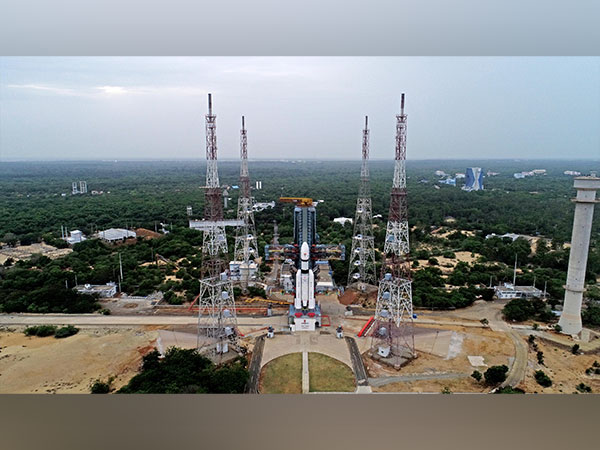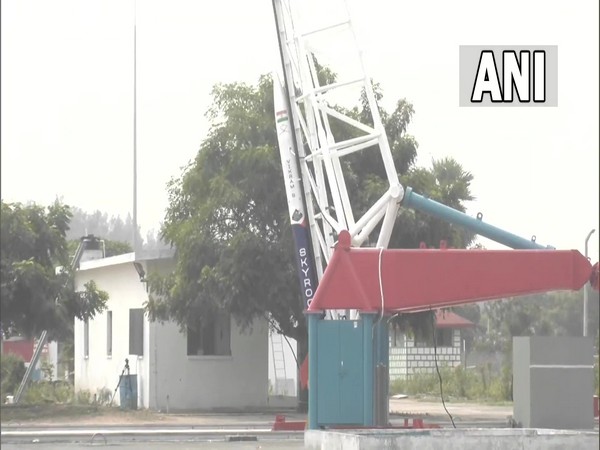The Indian Space Research Organisation (ISRO) is set to launch its meteorological satellite INSAT-3DS aboard spacecraft GSLV F14 at 5.35 pm Saturday from the Sriharikota spaceport. It will study weather forecasts and natural disaster warnings.
In its 16th mission, the GSLV aims to deploy the INSAT-3DS meteorological satellite into the Geosynchronous Transfer Orbit (GTO). Subsequent orbit-raising maneuvers will ensure that the satellite is positioned in a Geo-stationary Orbit.
INSAT-3DS Satellite is a follow-on mission of Third Generation Meteorological Satellite from Geostationary Orbit.
The mission is fully funded by the Ministry of Earth Sciences (MoES).
It is designed for enhanced meteorological observations and monitoring of land and ocean surfaces for weather forecasting and disaster warning. The satellite will augment the Meteorological services along with the presently operational INSAT-3D and INSAT-3DR satellites.
Indian Industries have significantly contributed to the making of the Satellite.
Various departments of the Ministry of Earth Sciences (MoES) such as the India Meteorology Department (IMD), National Centre for Medium-Range Weather Forecasting (NCMRWF), Indian Institute of Tropical Meteorology (IITM), National Institute of Ocean Technology (NIOT), Indian National Center for Ocean Information Services (INCOIS) and various other agencies and institutes will be using the INSAT-3DS Satellite data to provide improved weather forecasts and meteorological services.
The primary objectives of the mission are to monitor Earth’s surface, carry out oceanic observations and its environment in various spectral channels of meteorological importance — to provide the vertical profile of various meteorological parameters of the Atmosphere.
Among others, it will provide the Data Collection and Data Dissemination capabilities from the Data Collection Platforms (DCPs), and to provide Satellite Aided Search and Rescue services.
Ahead of the mission launch, ISRO Chairman S Somanath offered prayers at Sri Chengalamma Temple in Sullurpet, Andhra Pradesh.
“We have the launch of GSLV rocket carrying a meteorological satellite-INSAT-3DS for weather climate studies today. This satellite is built for the Ministry of Earth Sciences. It is the third satellite in the INSAT series of satellites,” he told reporters in brief.
The launching sequence can be watched LIVE from 5 pm on ISRO’s website, its social media channels, and the Doordarshan network. (ANI)
For more details visit us: https://lokmarg.com/



